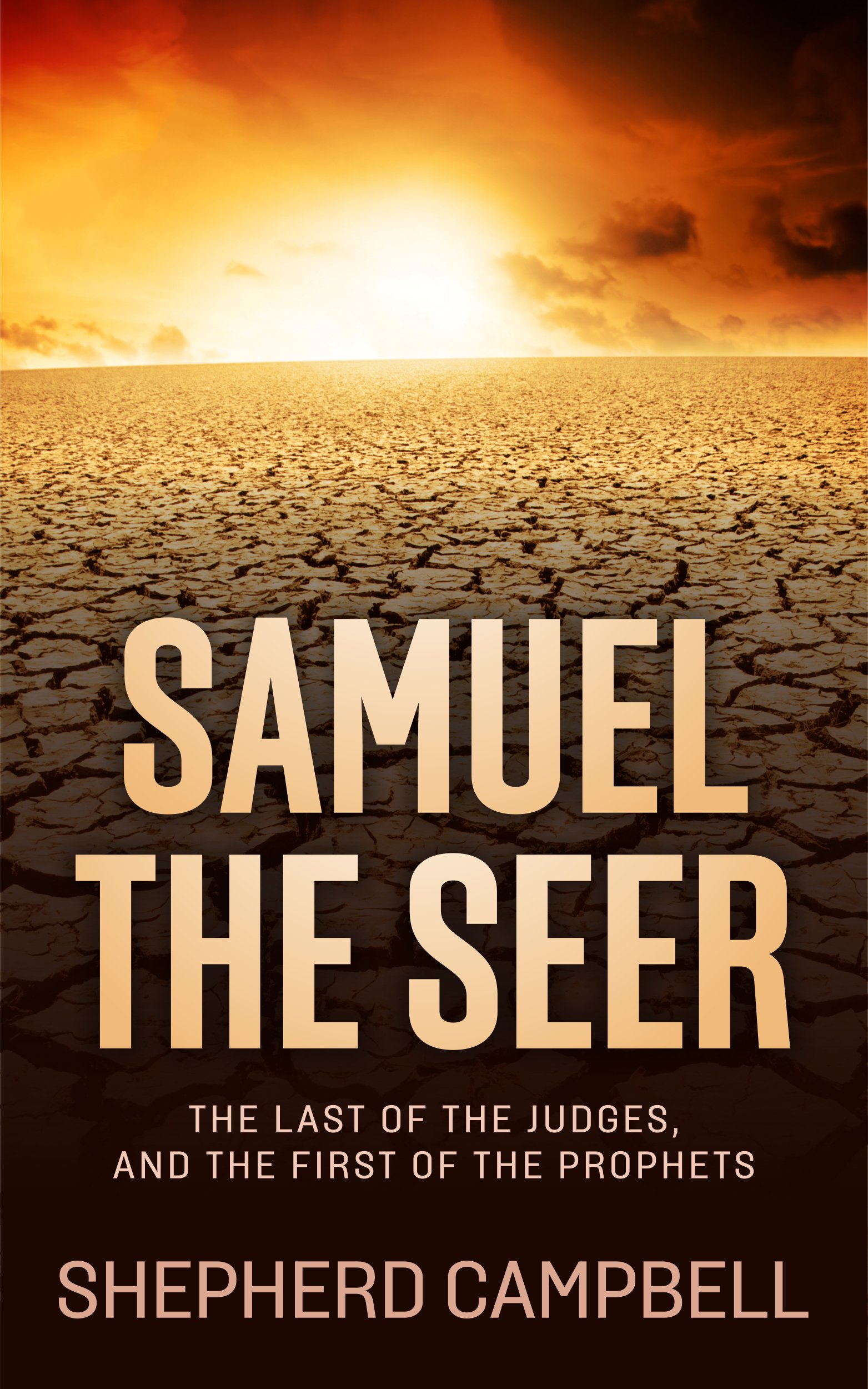Exploring the history of Israel in the Holy Scriptures.
Menu
VISIT OUR FACEBOOK PAGE!
Israel and Egyptian history
by Ken Israel
(Gary, IN)
I would like to see Egyptian history correlated with Israelite history side by side. Who were the Pharoah's of Moses, Joseph, David etc.
How is Africa and the Hebrews related and exactly where are they now?
Comments for Israel and Egyptian history
|
||
|
||
|
||
|
||
|
||
|
||
|
||
|
||
|
||
|
||
|
||
|
||
|
||
|
||
|
||
|
||
|
||
|
||
|
||
|
||
|
||
|
||
|
||
|
||
|
||
|
||
|
||
|
||
|
||
|
||
|
||
|
||
|
||
SAMUEL the SEER
Now Available in Print & eBook on Amazon!!
POPULAR TOPICS
Learn more about these popular topics below. The Bible is full of fascinating stories, characters and mysteries!
BIBLE MAPS
Explore the land of the Old Testament! View these maps of the Bible.



